How To Polish Your Car?
Car polish serves as a mildly abrasive liquid solution crafted to elevate the smoothness and luster of your car's paint. When applied prior to waxing, it has the remarkable ability to rejuvenate the appearance of an older vehicle, giving it a renewed, glossy shine reminiscent of its newer days.
To achieve optimal results, utilizing a power polisher or random orbit sander with a polishing pad attachment is recommended. In this guide, we'll walk you through the essential steps for effectively polishing your vehicle to restore its brilliance.
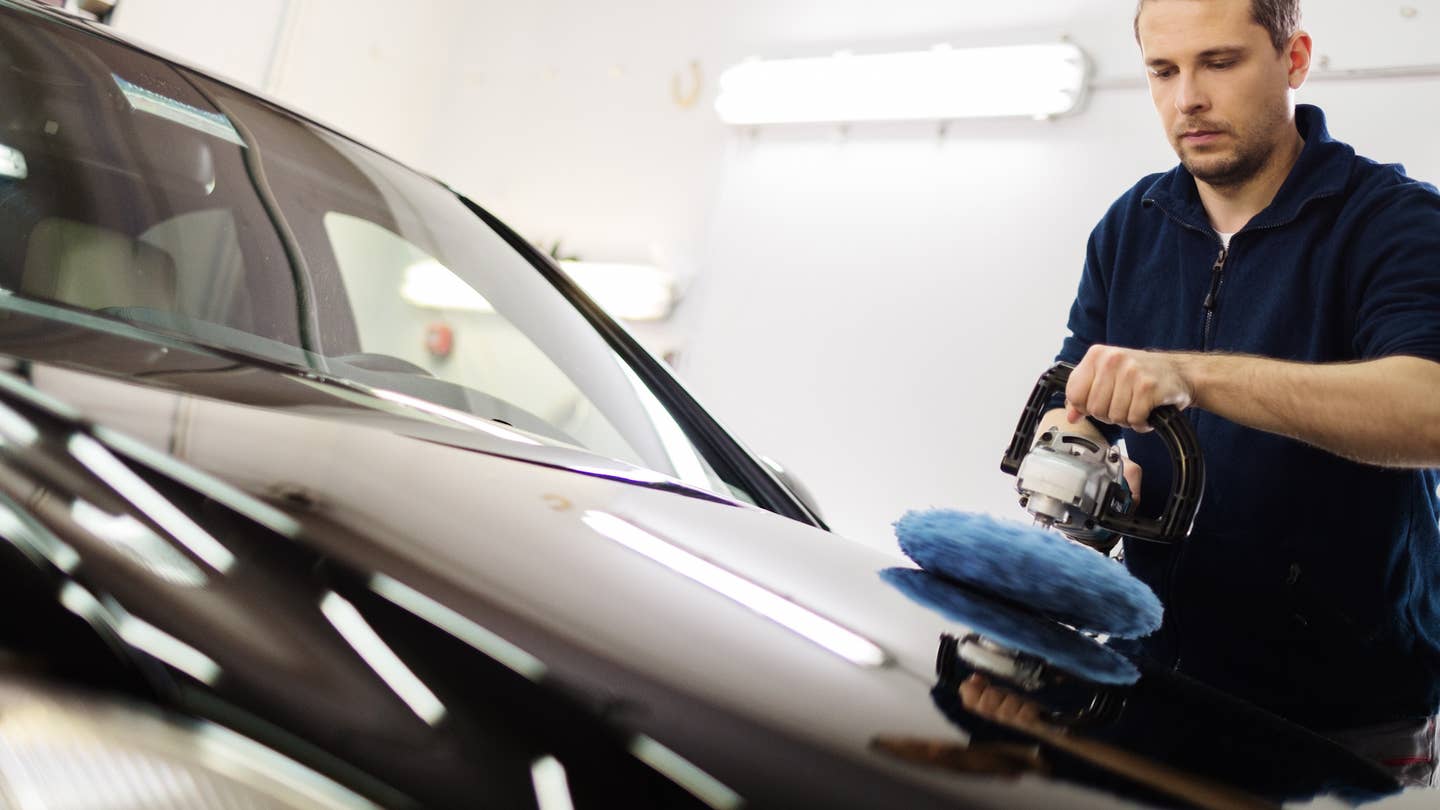
What Does Polishing A Car Mean?
Car polish is a mid-liquid abrasive that fills and smoothes a variety of surface imperfections that may develop over time, naturally or not. Additionally, polish addresses paint fading and oxidation; this is particularly crucial for older cars, as lacquer paint jobs are common.
Polishing tackles various car issues:
- Address paint imperfections like scratches and swirls, preparing the surface for wax or sealant application. Without it, your paint may hide defects and lack proper protection.
- Remove scratches on windshields and windows, enhancing appearance and visibility to prevent accidents.
- Restore the shine of chrome parts by cleaning and polishing with appropriate compounds and equipment.
- Maintaining a polished appearance for your vehicle is essential for car enthusiasts.
- Preserve resale value through regular maintenance, including polishing, which enhances the attractiveness of your car.
- Polishing is crucial for car detailing, but follow up with protective measures like waxing or sealant to maintain the result.
Before you start polishing your car, gather these essentials:
- Required Materials:
- Polishing compound
- Polishing pads
- Rotary polisher
- Car wash soap
- Car wash brush or pad
- Hose with spray nozzle
- Several microfiber cloths
- Clay bar
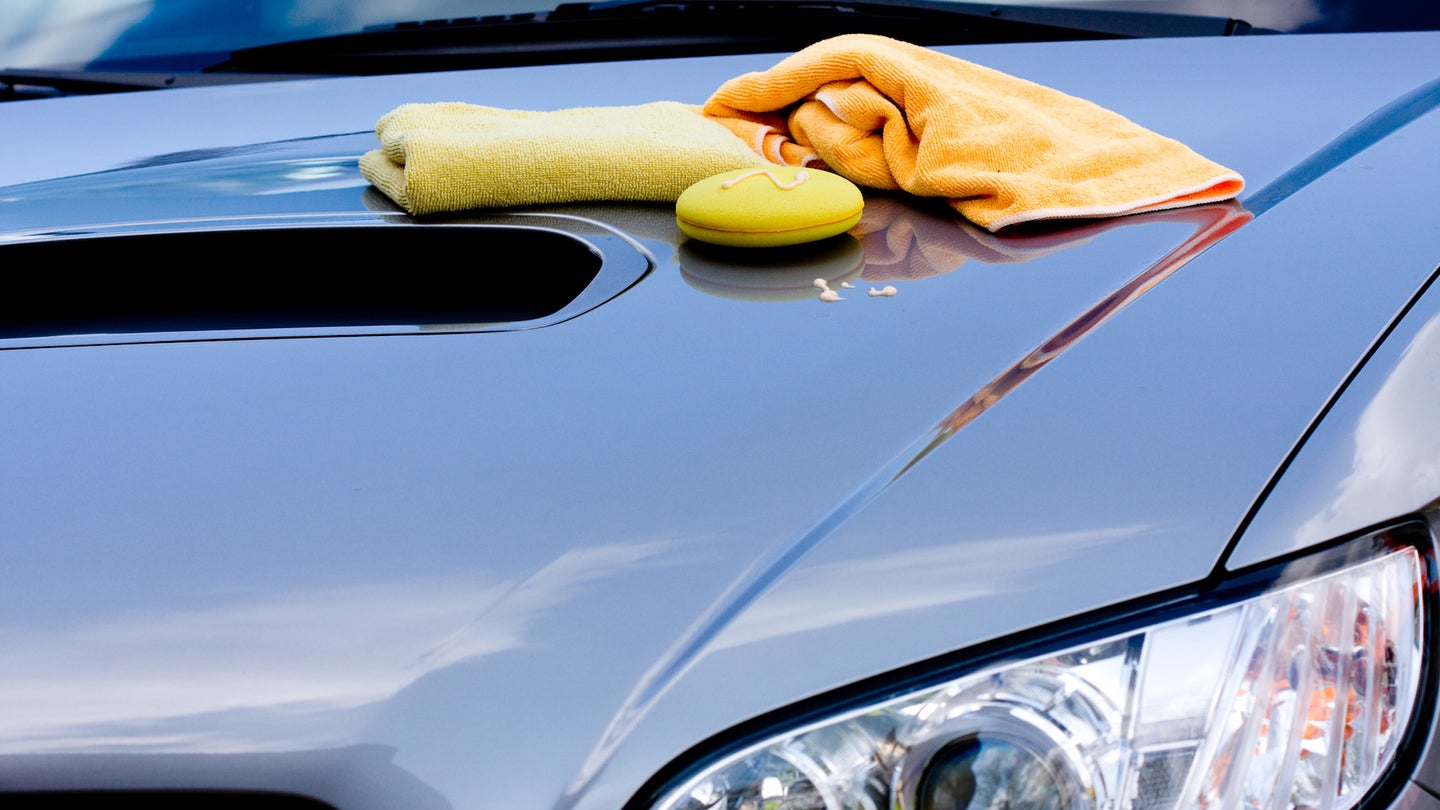
1. Prepare the setting: Park your car in a shaded area on a solid surface to prevent the polishing compound from drying too quickly and to avoid mud splatter on lower panels.
2. Clear and Cover: Remove nearby objects and cover immovable items to minimize cleanup after polishing.
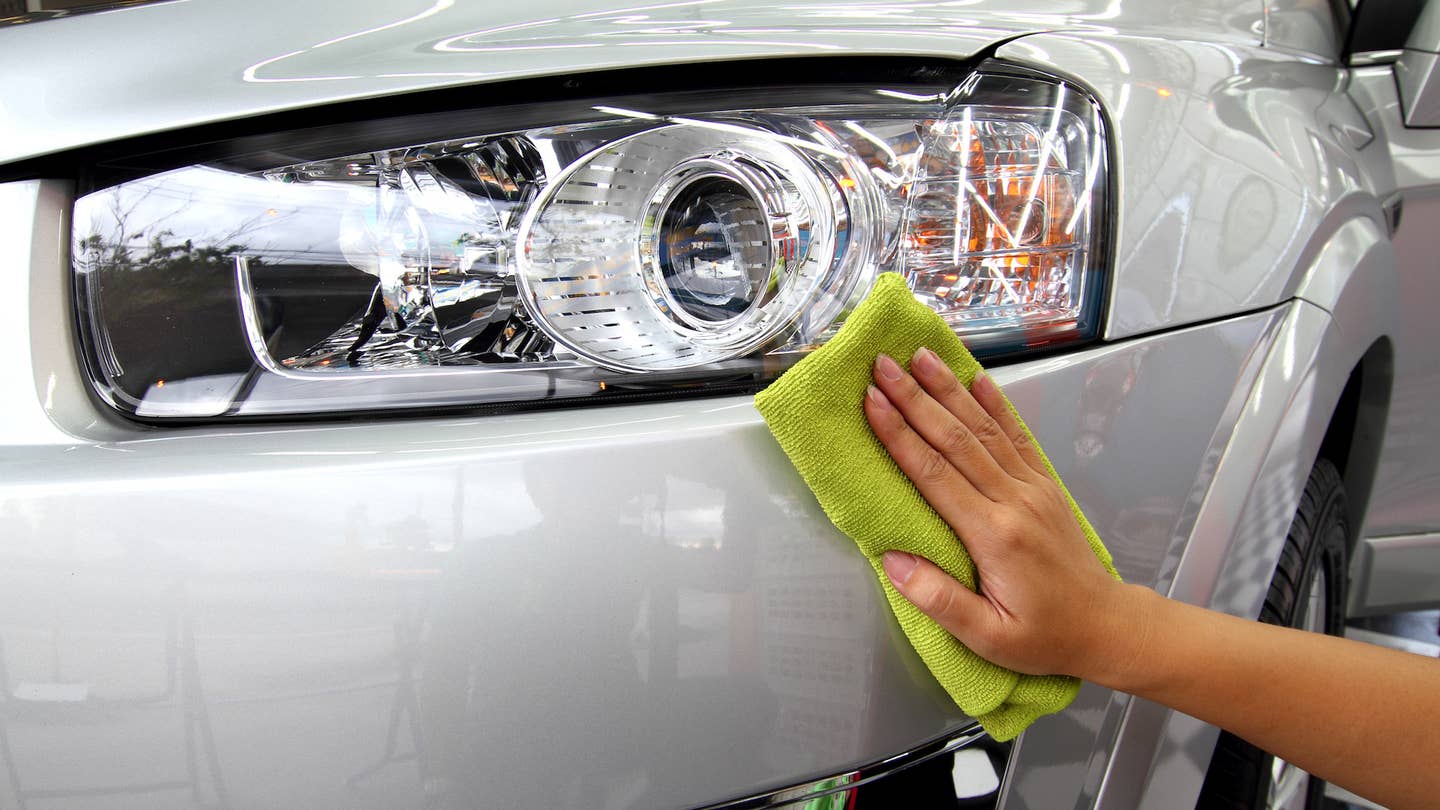
3. Wash the car: Thoroughly wash the car to remove dirt and contaminants, ensuring a clean surface for polishing.
4. Use a Clay Bar: Wipe the car with microfiber and use a clay bar to eliminate remaining contaminants, including minor imperfections and haze, followed by another wipe with clean microfiber.
5. Apply Polishing Compound: Wet the polishing pad, apply the polishing compound, and use the polishing wheel to press the pad into the vehicle's paint, maintaining a wet pad to avoid paint damage.

6. Work in Sections: Polish small areas at a time with regular circular motions and steady pressure to prevent the compound from drying. Clean the pad regularly to ensure effectiveness.
7. Exercise Caution Around Edges: Take care around trim pieces to avoid a burning effect from the faster-moving edges of the pad.
8. Wipe for Final Finish: After polishing, use a microfiber cloth to carefully and thoroughly dry the panels, removing any residue from the polishing process and any remaining polishing compound.
When working on your car, safety and cleanliness are paramount. Here's what you need to ensure you stay safe and mess-free:
- Take care to avoid contact between polish and cleaning solutions and your skin, as they can cause rashes or burns.
- If using an electric rotary polisher, keep hair, jewelry, clothing, pets, and other items away from the spinning disc to prevent entanglement accidents.
- While most car care products are eco-friendly, responsibly dispose of polishing byproducts to minimize environmental impact.
- Working in a covered space can protect your car's polish and prevent premature drying, but avoid enclosed areas where fumes could accumulate.
Tips to help you polish your car more effectively:
- Choose a shaded area or work under cover to prolong the working time of the polish solution and prevent it from drying too quickly.
- Move swiftly and evenly across the car's surfaces to avoid overheating and damaging the paint.
- Regularly clean your polishing pad to prevent buildup of gunk and polish residue, which can scratch the paint.
- Wear old clothing and steer clear of areas that shouldn't get wet or dirty during the polishing process.
- Be cautious around panel edges to avoid accidentally burning off the paint.
- Avoid lingering in one spot for too long to prevent paint damage and potential costly repairs.
- Follow the directions provided in polishing kits, which typically consist of multiple stages. Progress to higher stages as recommended, especially for darker or older cars, to achieve optimal results.
How often should I polish my car?
Ideally, every 3–4 months is sufficient. Frequent polishing can harm the paint and is unnecessary.
Can polishing damage the paint?
Yes, polishing compounds are abrasive and can weaken the paint over time, leading to issues like chipping and scratching.
What's the difference between polishing and buffing?
Polishing and buffing are similar processes, often used interchangeably. Polishing typically uses coarser compounds, stripping more clear coat and paint compared to buffing.
Does it matter if I choose buffing over polishing?
For DIY enthusiasts without professional experience, not significantly. Both processes usually yield similar results, depending on factors like car age, color, and paint condition.

In conclusion, car polishing is a transformative process that enhances the smoothness and shine of your vehicle's paint. By following proper techniques and safety measures, you can achieve professional-quality results, restoring your car's brilliance and protecting its resale value. Remember to polish your car every 3–4 months for optimal maintenance and longevity.
Click on the following link to read another blog post: How Much Does It Cost To Paint A Car?



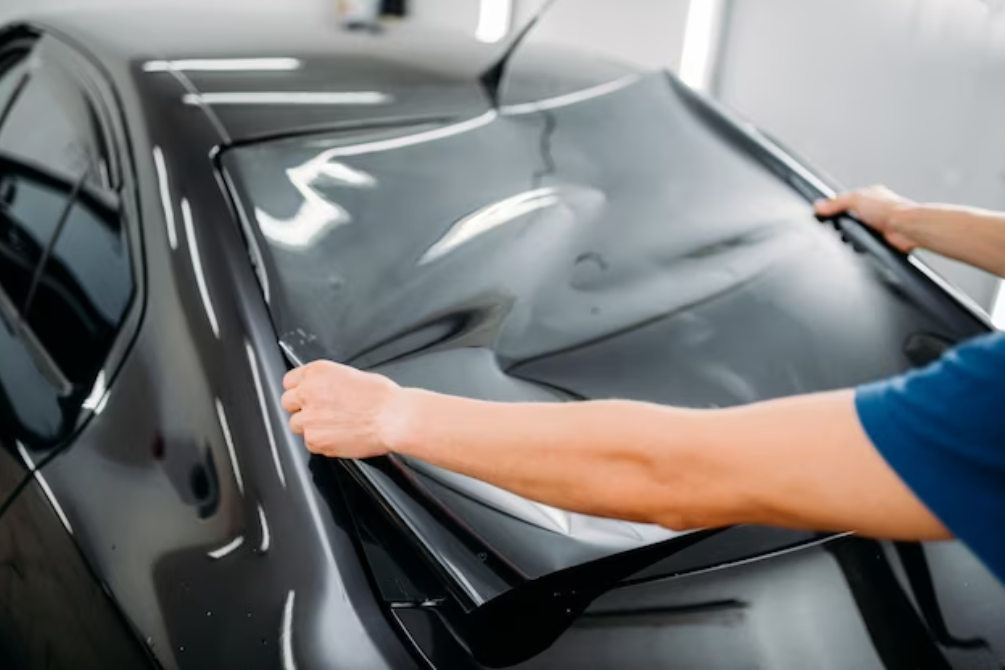


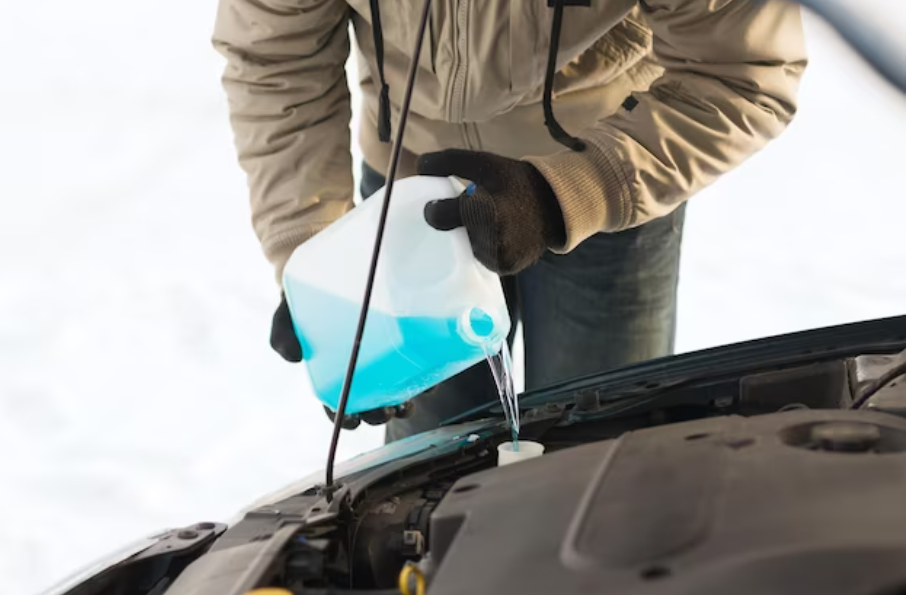
.png)








